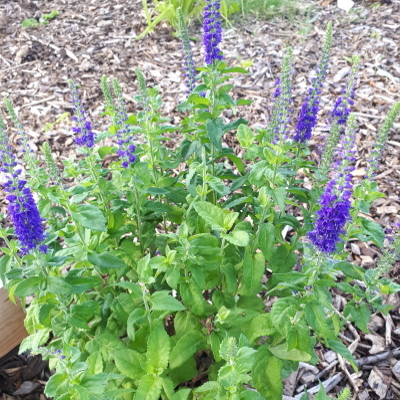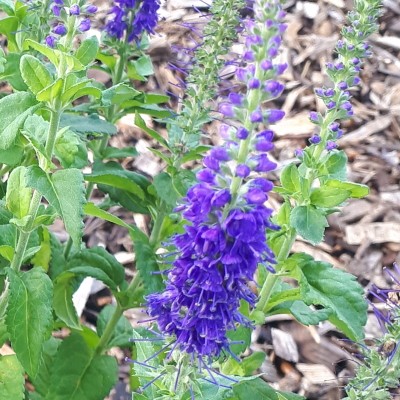-
Out of stock
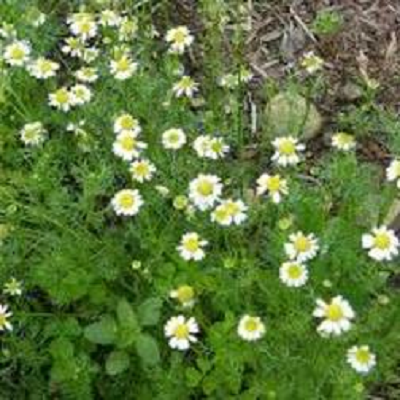
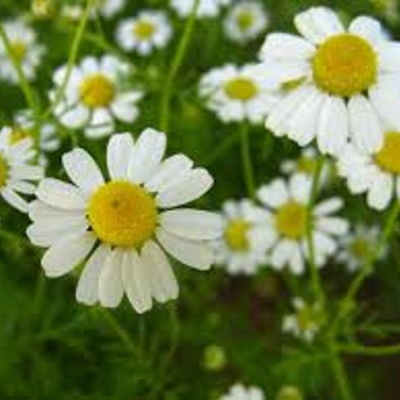 65 days. Matricaria recutita. Annual. The plant is used fresh and dried to make great tea, perfumes, and hair rinse. This variety produces high yields of small white daisy-like flowers. Try fresh chamomile steeped and chilled for a refreshing summer beverage. Package contains: 100 Seeds
65 days. Matricaria recutita. Annual. The plant is used fresh and dried to make great tea, perfumes, and hair rinse. This variety produces high yields of small white daisy-like flowers. Try fresh chamomile steeped and chilled for a refreshing summer beverage. Package contains: 100 Seeds -
Out of stock
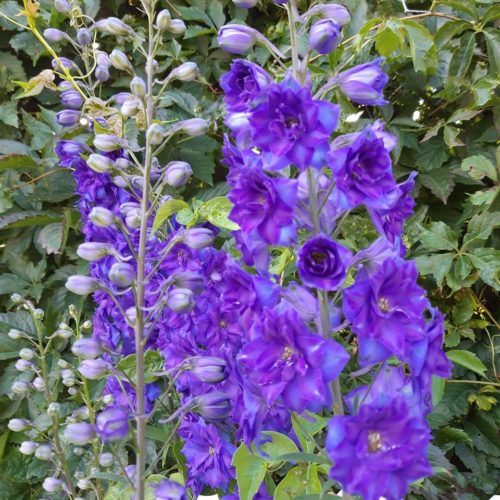 Matures 130-150 days: Also known as Pacific Coast hybrids, Delphinium elatum "Pacific Giant" is a group of regal delphiniums with tall, spiky blooms available in the colors shown. At maturity, the plants reach impressive heights of 1.5-2.5 meters "Pacific Giant" delphiniums are suitable for growing in plant hardiness zones 2 through 9. Long flower-filled spikes bloom in a beautiful blue. The flowers populating the spikes are symmetrically shaped, with huge 8 cm blooms. This delphinium also has mildew resistance.
Matures 130-150 days: Also known as Pacific Coast hybrids, Delphinium elatum "Pacific Giant" is a group of regal delphiniums with tall, spiky blooms available in the colors shown. At maturity, the plants reach impressive heights of 1.5-2.5 meters "Pacific Giant" delphiniums are suitable for growing in plant hardiness zones 2 through 9. Long flower-filled spikes bloom in a beautiful blue. The flowers populating the spikes are symmetrically shaped, with huge 8 cm blooms. This delphinium also has mildew resistance. -
Out of stock
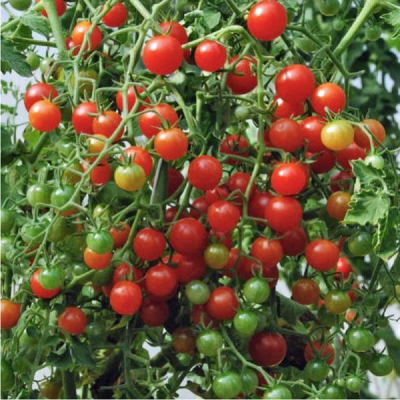 Red Currant plants produce copious quantities of small 1 cm, deep red tomatoes that are exceptionally sweet and packed with flavour. They typically require around 75 days to reach maturity, and make a good choice for containers and hanging baskets, though they are indeterminate growers. Currant tomatoes are native of Peru and Brazil. It was illustrated by Louis Feuille in 1725 Perfect for snacking tomatoes directly from the garden. Great for summer salads. Fruits from early summer until fall frost. Each plant produces 1000's of tiny tomatoes. Best for hanging baskets.
Red Currant plants produce copious quantities of small 1 cm, deep red tomatoes that are exceptionally sweet and packed with flavour. They typically require around 75 days to reach maturity, and make a good choice for containers and hanging baskets, though they are indeterminate growers. Currant tomatoes are native of Peru and Brazil. It was illustrated by Louis Feuille in 1725 Perfect for snacking tomatoes directly from the garden. Great for summer salads. Fruits from early summer until fall frost. Each plant produces 1000's of tiny tomatoes. Best for hanging baskets. -
Out of stock
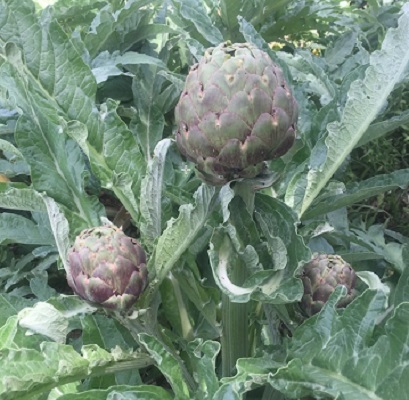
 Start seed indoors in a soil-less mix 8-12 weeks before the last frost date in your area. Sow the seed 6 mm (1/4″) deep and germinate at 21-26 C (70-80 F). When seedlings are 2.5-5 cm (1-2″) high transplant to individual 10 cm (4″) pots and grow on at 15-21 C. Harden off and transplant to the garden after the threat of frost has passed. Artichoke does best in full sun with a deep, organic, fertile soil. Space plants 60-90 cm (24-36″) apart in the row with rows 1.75 m (6′) apart. Keep plants evenly watered and mulch the soil to help preserve soil moisture and keep the soil from becoming too warm in summer. If the soil does become too warm, it can trigger a summer dormant period. Start with a thin layer of mulch and build it up to 10 cm (4″) thick as the plants grow.
Start seed indoors in a soil-less mix 8-12 weeks before the last frost date in your area. Sow the seed 6 mm (1/4″) deep and germinate at 21-26 C (70-80 F). When seedlings are 2.5-5 cm (1-2″) high transplant to individual 10 cm (4″) pots and grow on at 15-21 C. Harden off and transplant to the garden after the threat of frost has passed. Artichoke does best in full sun with a deep, organic, fertile soil. Space plants 60-90 cm (24-36″) apart in the row with rows 1.75 m (6′) apart. Keep plants evenly watered and mulch the soil to help preserve soil moisture and keep the soil from becoming too warm in summer. If the soil does become too warm, it can trigger a summer dormant period. Start with a thin layer of mulch and build it up to 10 cm (4″) thick as the plants grow. -
Out of stock
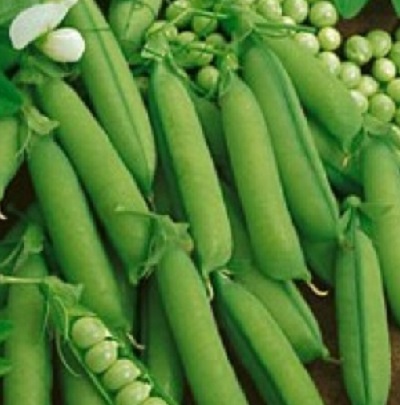 Great for both Spring and Fall planting! Matures in 50-60 days. Expect heavy yields of round, straight, pale green pods, each containing five to eight smooth peas. Peas prefer full sun to partial shade. Space peas 2.5cm-4cm apart. This shorter variety only reaching 90cm (3 feet) a short trellis can be used. They grow best when planted on the crowded side. These are great when eaten fresh in the garden and take only 5-10 days to germinate. They offer 5-7 peas per pod and have a sweet and delicious flavour.
Great for both Spring and Fall planting! Matures in 50-60 days. Expect heavy yields of round, straight, pale green pods, each containing five to eight smooth peas. Peas prefer full sun to partial shade. Space peas 2.5cm-4cm apart. This shorter variety only reaching 90cm (3 feet) a short trellis can be used. They grow best when planted on the crowded side. These are great when eaten fresh in the garden and take only 5-10 days to germinate. They offer 5-7 peas per pod and have a sweet and delicious flavour. -
Out of stock
 Enjoy a baby's breath that is actually pink! Plant in your sunny perennial garden and watch as large panicles of true light pink flowers splash your garden from early through midsummer. This upright, well-branched, bush type grows up to 3' tall. Use as a filler plant to cover dying bulb foliage or for perennials that go dormant in the summer months. The pretty pink flowers also are perfect in floral arrangements! Makes an excellent dried flower.
Enjoy a baby's breath that is actually pink! Plant in your sunny perennial garden and watch as large panicles of true light pink flowers splash your garden from early through midsummer. This upright, well-branched, bush type grows up to 3' tall. Use as a filler plant to cover dying bulb foliage or for perennials that go dormant in the summer months. The pretty pink flowers also are perfect in floral arrangements! Makes an excellent dried flower. -
Sale!Out of stock
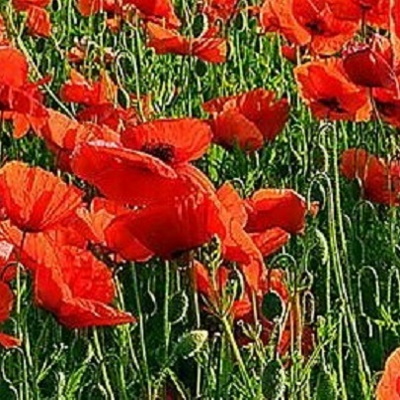

Description
Flanders Field Poppy Seeds is an Heirloom Flower. These very symbolic WWI flowers were the common field poppies of Europe. The brilliant crimson, single red blooms with black centres that are long-blooming and very pretty in the garden. These poppies will reseed themselves and can naturalize in your garden. Plants grow to 45 cm (18″) tall in the garden.How to Grow
Sow directly outdoors for the best results. Select a sunny site with well-drained soil. Barely cover the seed with soil and keep moist through the 5-10 day germination period. Enjoys full sun to partial shade location. -
Out of stock
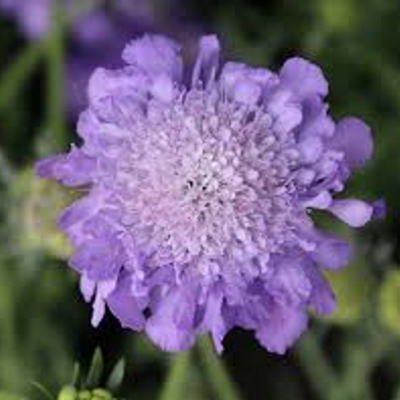
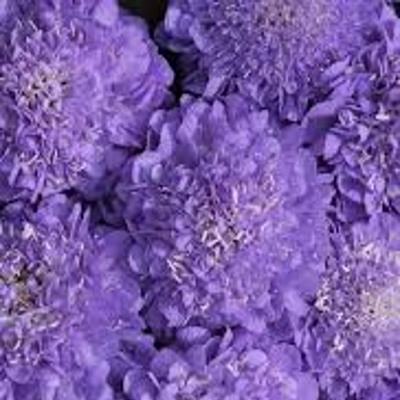
a.k.a Pincushion Flower
Elegant and uniform cut flower.
Matures in 90-100 days Package contains: 50 Seeds1 1/2–2 1/2", lavender-blue flowers stand tall on strong, slender stems. A dramatic addition to any bouquet or garden. Also known as mourning bride -
Out of stock
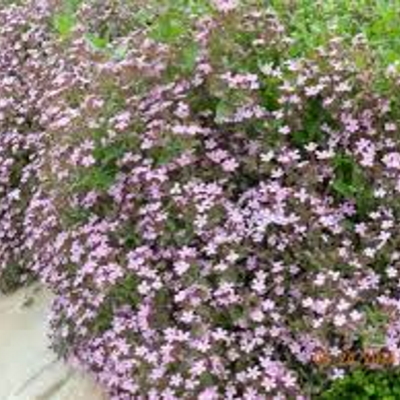
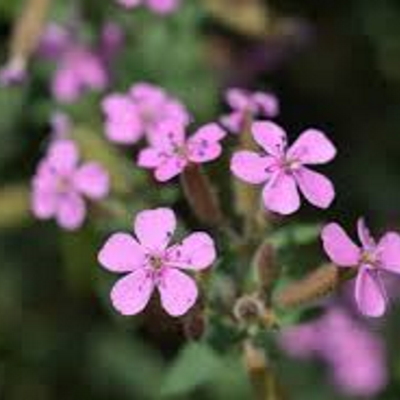 Soapwort is a favourite perennial for cool-alpine and rock gardens. This semi-evergreen blooms from May to August with five-petaled pink flowers joined at the base to form a nectar tube that is highly attractive to bees. Provide good drainage. The roots really can be used to make soap. Rock Soapwort looks marvelous in containers, but best in situations when it can trail and seed itself. Sturdy and easy to grow. Stems are thicker, stronger, taller, and easier to manage than those of annual gypsophila, an otherwise similar flower. 3/4 to 1" dusty pink blooms float above gray-blue, waxy foliage. Branching plant habit. Also known as cow soapwort.
Soapwort is a favourite perennial for cool-alpine and rock gardens. This semi-evergreen blooms from May to August with five-petaled pink flowers joined at the base to form a nectar tube that is highly attractive to bees. Provide good drainage. The roots really can be used to make soap. Rock Soapwort looks marvelous in containers, but best in situations when it can trail and seed itself. Sturdy and easy to grow. Stems are thicker, stronger, taller, and easier to manage than those of annual gypsophila, an otherwise similar flower. 3/4 to 1" dusty pink blooms float above gray-blue, waxy foliage. Branching plant habit. Also known as cow soapwort. -
-
Out of stock
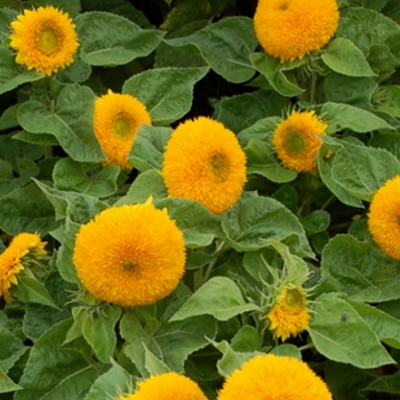
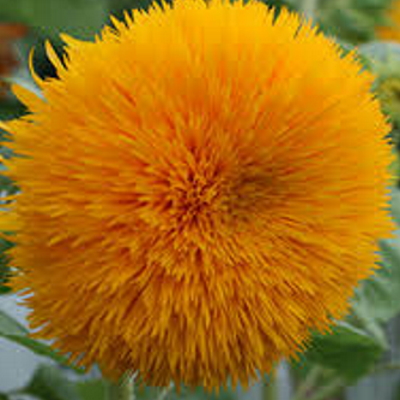 Sunflower ‘Teddy Bear’ is a short, bushy plant with fluffy, golden-yellow blooms that appear from mid-summer to the first frost in autumn. The mature size of Teddy Bear sunflower plants is 4 to 5 feet (1.4 m.). Growing Teddy Bear sunflowers by seed isn’t complicated. The most important thing is to plant seeds where your Teddy Bear sunflower plants will be exposed to full sunlight. Well-drained soil is also an absolute requirement for any type of sunflower. Plant Teddy Bear sunflower seeds after you’re sure all danger of frost has passed. Prepare the soil prior to planting sunflowers by digging a generous amount of compost, well-rotted manure, or other organic matter into the top 15-20 cm of soil. Sow seeds in groups of three, at a depth of ½ inch. Thin the plants to a distance of 40-60 cm when the true leaves appear. Water as needed to keep the soil moist, but not drenched, until your sunflower ‘Teddy Bear’ plants are established Sunflower seeds should be direct sown in the garden. If starting 3-4 weeks early plant in large cow pots so roots are not disturbed when transplanting into the garden.
Sunflower ‘Teddy Bear’ is a short, bushy plant with fluffy, golden-yellow blooms that appear from mid-summer to the first frost in autumn. The mature size of Teddy Bear sunflower plants is 4 to 5 feet (1.4 m.). Growing Teddy Bear sunflowers by seed isn’t complicated. The most important thing is to plant seeds where your Teddy Bear sunflower plants will be exposed to full sunlight. Well-drained soil is also an absolute requirement for any type of sunflower. Plant Teddy Bear sunflower seeds after you’re sure all danger of frost has passed. Prepare the soil prior to planting sunflowers by digging a generous amount of compost, well-rotted manure, or other organic matter into the top 15-20 cm of soil. Sow seeds in groups of three, at a depth of ½ inch. Thin the plants to a distance of 40-60 cm when the true leaves appear. Water as needed to keep the soil moist, but not drenched, until your sunflower ‘Teddy Bear’ plants are established Sunflower seeds should be direct sown in the garden. If starting 3-4 weeks early plant in large cow pots so roots are not disturbed when transplanting into the garden. -
Out of stock
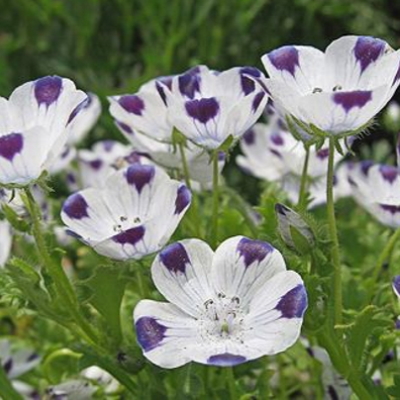
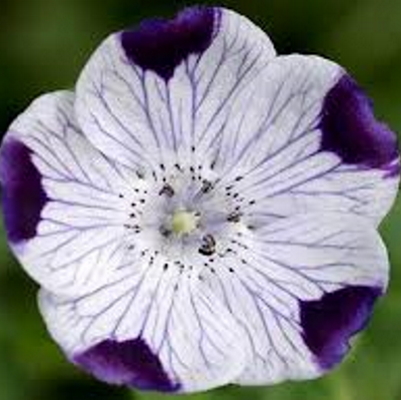 Five spot wildflowers are named for their distinct flowers: 2.5 cm light blue on white blossoms of five petals, each of which is tipped with a vivid, deep purple spot. They are reasonably compact plants that grow to 30 cm high and 20 cm wide and do not spread over the course of the summer. They prefer cool climates, germinating best in soil temperatures of 13-18 C. Perfect for cool springs. They should be able to survive if given lots of shade. They are annuals, and they’ll die back with the first frost. If allowed to die back naturally they reseeds and you will have new plants next year. They bloom consistently and impressively all spring long.
Five spot wildflowers are named for their distinct flowers: 2.5 cm light blue on white blossoms of five petals, each of which is tipped with a vivid, deep purple spot. They are reasonably compact plants that grow to 30 cm high and 20 cm wide and do not spread over the course of the summer. They prefer cool climates, germinating best in soil temperatures of 13-18 C. Perfect for cool springs. They should be able to survive if given lots of shade. They are annuals, and they’ll die back with the first frost. If allowed to die back naturally they reseeds and you will have new plants next year. They bloom consistently and impressively all spring long.
